-

Maximizing the Benefits of Customized Industry Automation Solutions
The lives of manufacturers would be so much easier if all of their automation processes were homogeneous. Unfortunately, there are many that require customization in order to satisfy the unique requirements of an automated workholding or material-handling application. This is the case for any ap...Read more -
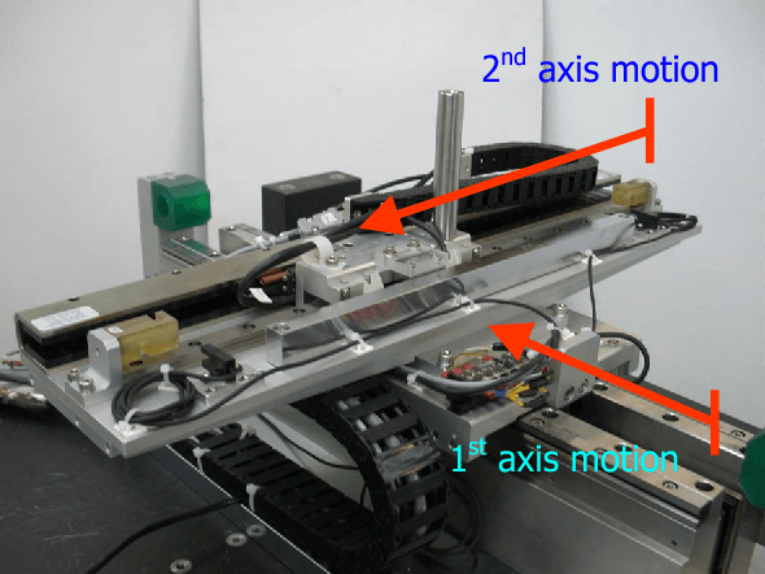
What Is a Linear Stage?
A linear stage stabilizes the axis of motion for an object being moved by a motion system. The sliding motion produced has led some people to refer to the device as a linear slide, which is the linear motion bearing component of the stage. Parts of the linear, or translation, stage include a pla...Read more -

High Precision Linear Motor Stages for Industrial Automation
Precision industrial motion systems are used in test, assembly or laser micro-machining of high precision and high value components and in electronics, optics, and photonics manufacturing, to name a few. Considering that every modern automobile sold in the US has at least one camera on board an...Read more -
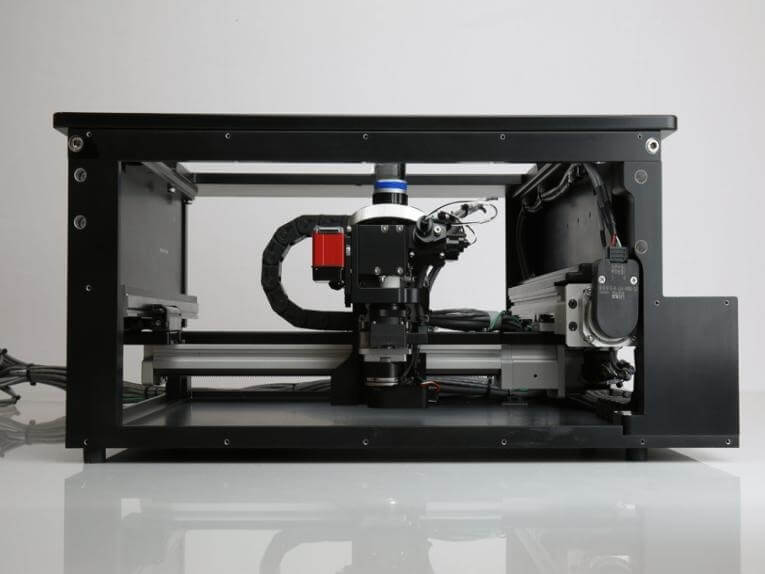
An Introduction To Plug-and-Play Linear Motion Systems
If you build machines, you probably work with actuators and positioning stages every day. But do you truly get the best performance or lowest cost of ownership from these motion devices? The answer may not be what you expect. All too often, engineers think of stages or actuators as just another ...Read more -
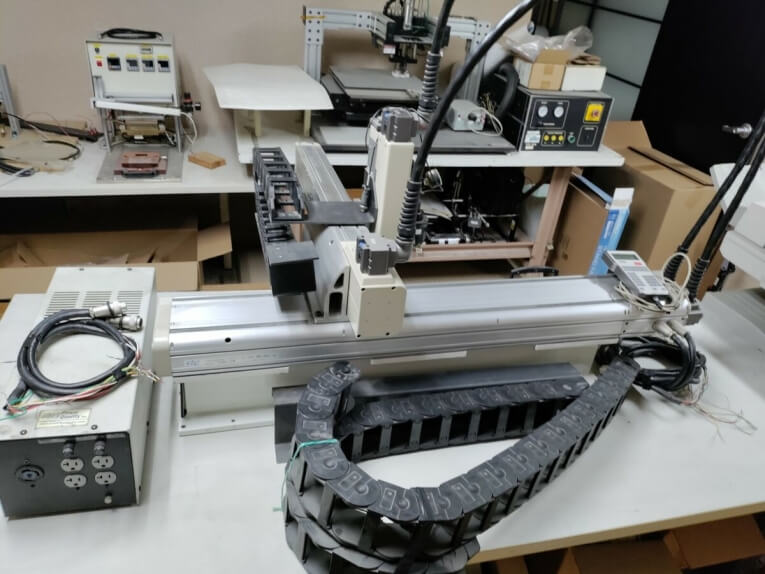
What is XYZ Linear Robot?
The cartesian coordinate robot is also referred to as rectilinear robot or X-Y-Z robot of the spherical configuration because it is equipped with three sliding joints for assembling XYZ axes. The arm movement of a robot using the cartesian configuration can be described by three intersecting per...Read more -
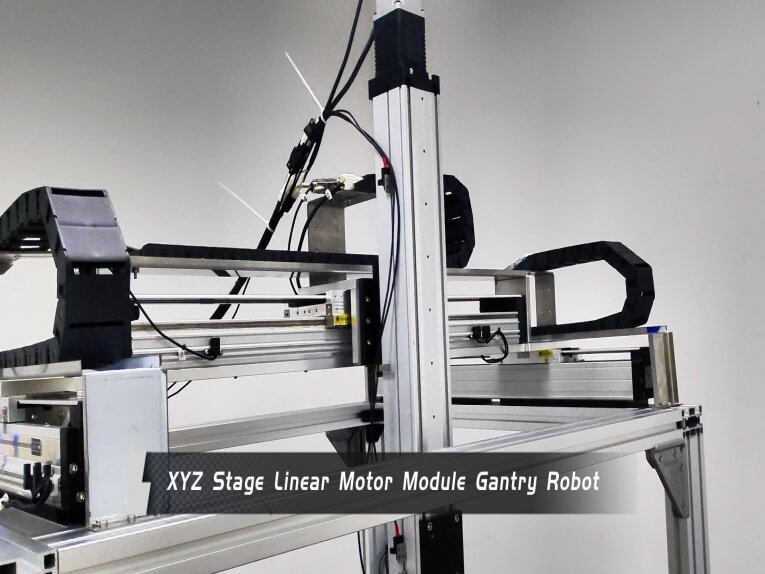
Revolutionizing Motion Control with Linear Motors
Linear motors have redefined what’s possible in motion control with faster, more precise, and more reliable performance compared to traditional, rotary motor-driven linear actuators. A linear motor’s unique property is that the load is moved without mechanical power transmission components. Inst...Read more -

Linear Motors and Actuators Meets Automation Needs
Linear motors and actuators are now cost-competitive with ball screws and belt drives and offer distinctly superior agility and bandwidth for advanced positioning applications. New micromotors and actuators are helping to automate tasks not previously feasible. Direct linear drives are increasin...Read more -
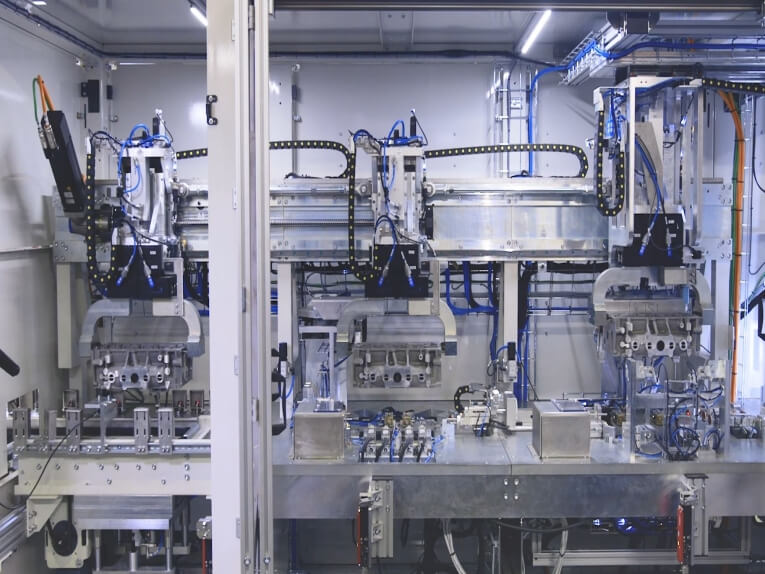
Why Use a Linear Motor Instead of a Ball Screw or Linear Actuator?
When someone says “motor,” the image that comes to mind for most people is usually something that spins. However, motors can take different forms, such as linear motors. The linear motor was invented in the late 1940s by Dr. Eric Laithwaite of Manchester University. They started off ...Read more -
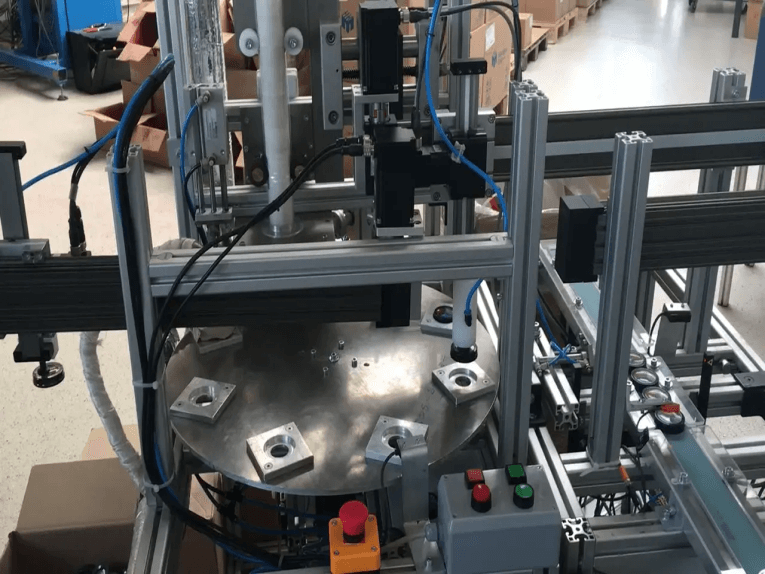
End of the Line: Effective Robot Types for Palletizing, Wrapping, and Labelling
The processes of palletizing, pallet wrapping, and labelling make out the last steps of a production line for most packaging applications, regardless of the product type. Based on the needs of manufacturers, this article presents the right solutions for each process - and highlights the challeng...Read more -
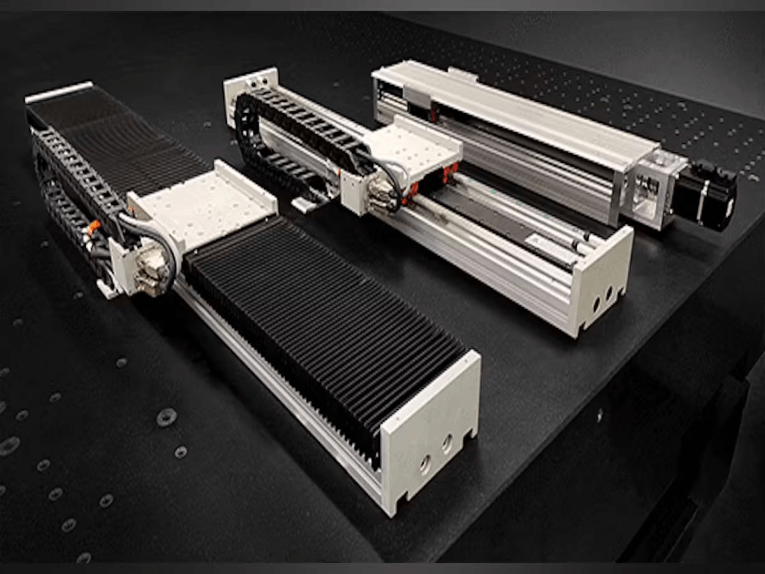
WHAT IS A LINEAR MOTOR – Ironcore and Ironless motor principle
Linear motors are a special class of synchronous brushless servo motors. They work like torque motors, but are opened up and rolled out flat. Through the electromagnetic interaction between a coil assembly (primary part) and a permanent magnet assembly (secondary part), the electrical energy is ...Read more -
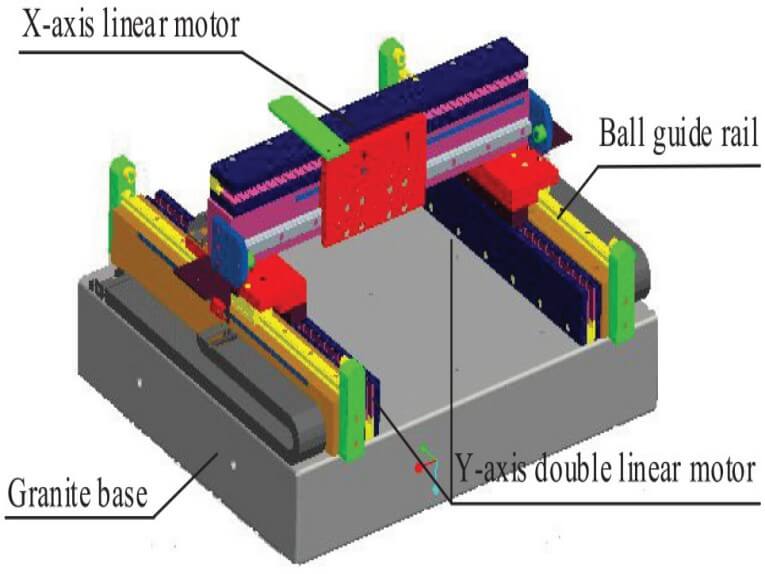
WHAT IS A LINEAR MOTOR – DIRECT DRIVE ADVANTAGES
Why adopt linear motors? Reduced cost of ownership Direct coupling of the payload to the motor’s moving part eliminates the need for mechanical transmission elements such as leadscrews, timing belts, rack and pinion, and worm gear drives. Unlike brushed motors, there is no contact betwe...Read more -

What is a Linear Motor?
A linear motor is often described as a rotary motor, just cut up and rolled out so that instead of a rotating shaft creating torque, it’s a load moving linearly that creates force. Linear motors use magnetic levitation to move an object – this way it is not slowed down by friction and can actual...Read more








